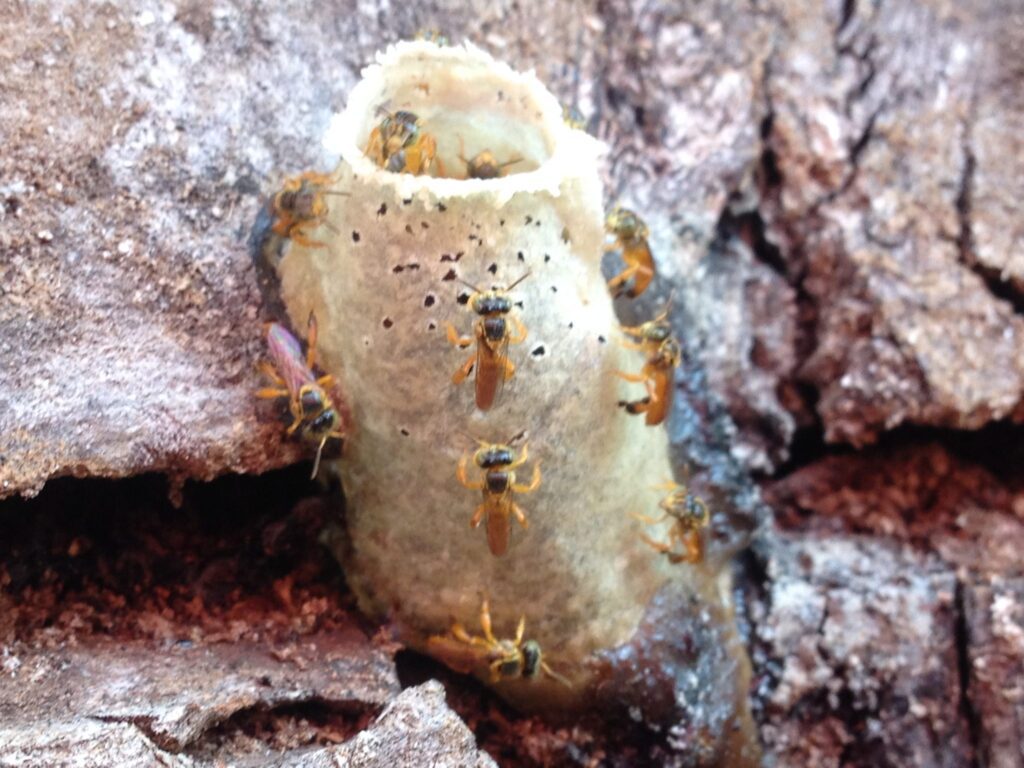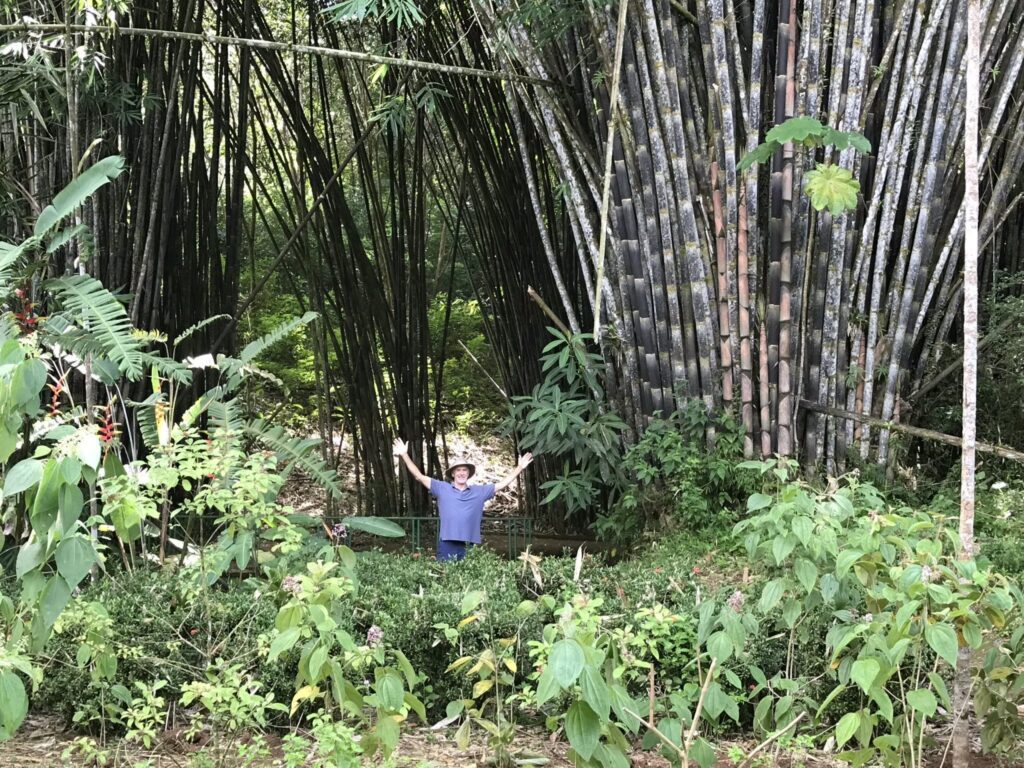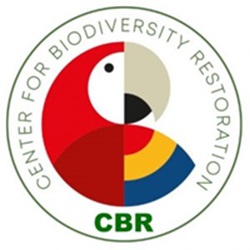Biodiversity refers to all of life in all its forms. It is the group of all living things on the planet. It is comprised of animals, plants, and microorganisms; continuously interwoven and interdependent upon each other within their ecosystems.
With a little investigation you will begin to appreciate the wisdom accumulated by evolving species over millions of years, guiding them on survival strategies amidst Earth’s diverse and ever-changing environmental conditions.

“… biodiversity is comprised of several levels, starting with genes, then individual species, then communities of creatures and finally entire ecosystems, such as forests or coral reefs, where life interplays with the physical environment. These myriad interactions have made Earth habitable for billions of years.
A more philosophical way of viewing biodiversity is this: it represents the knowledge learned by evolving species over millions of years about how to survive through the vastly varying environmental conditions Earth has experienced. Seen like that, experts warn, humanity is currently “burning the library of life”. (Carrington D., 2018)
 The Holocene era ( the last twelve thousand years), has offered a very stable climate within which millions of species of life forms developed, all of them with specific interactions. This led to the birth of very complex and stable biological diversity. This stability is now fading due to the transformation of wild landscapes into monoculture fields and livestock areas, maritime overexploitation, the emission of greenhouse gases into the atmosphere, and soil degradation.
The Holocene era ( the last twelve thousand years), has offered a very stable climate within which millions of species of life forms developed, all of them with specific interactions. This led to the birth of very complex and stable biological diversity. This stability is now fading due to the transformation of wild landscapes into monoculture fields and livestock areas, maritime overexploitation, the emission of greenhouse gases into the atmosphere, and soil degradation.
Our planet has a history of constant change. Man has made an obvious ecological impact since he learned to manipulate fire more than a million years ago. In the last 50 years the wild spaces which comprised 62% of the earth’s surface were reduced to 35% and we watched the disappearance of almost half of the world’s animals.
The restoration of biodiversity offers a way to reverse this trend. Everything that we use must be recovered. We must seek ecological balance in our homes and in our Ecosphere.
As the human population continues to grow and natural areas are replaced by crops, livestock, urban and industrial spaces, the fate of the planet will become increasingly complicated. A species can only thrive if the rest of the environment does too.
Diversity of Ecosystems
“Another aspect of biodiversity is the variety of ecosystems, such as those that can be found in deserts, forests, wetlands, mountains, lakes, rivers, agricultural landscapes, oceans and coasts. In each ecosystem, living creatures, including humans, form a community, interacting with one another and with the air, water and soil that sustain them. This diversity of ecosystems has in turn allowed a wide variety of social, cultural and economic systems to evolve.”
United Nations Decade on Biodiversity

Economic pressures are challenging nature. The Center for Biodiversity Restoration is committed to the recovery of the biological diversity of Costa Rica and other regions.
See:

![cbpl-logo-3[1] cbpl-logo-3[1]](https://c4br.org/wp-content/uploads/elementor/thumbs/cbpl-logo-31-qiwqbfwjaa8ydzluyxar06b8ff92ldef5pe5jzcxvi.jpg)
 The Holocene era ( the last twelve thousand years), has offered a very stable climate within which millions of species of life forms developed, all of them with specific interactions. This led to the birth of very complex and stable biological diversity. This stability is now fading due to the transformation of wild landscapes into monoculture fields and livestock areas, maritime overexploitation, the emission of greenhouse gases into the atmosphere, and soil degradation.
The Holocene era ( the last twelve thousand years), has offered a very stable climate within which millions of species of life forms developed, all of them with specific interactions. This led to the birth of very complex and stable biological diversity. This stability is now fading due to the transformation of wild landscapes into monoculture fields and livestock areas, maritime overexploitation, the emission of greenhouse gases into the atmosphere, and soil degradation.